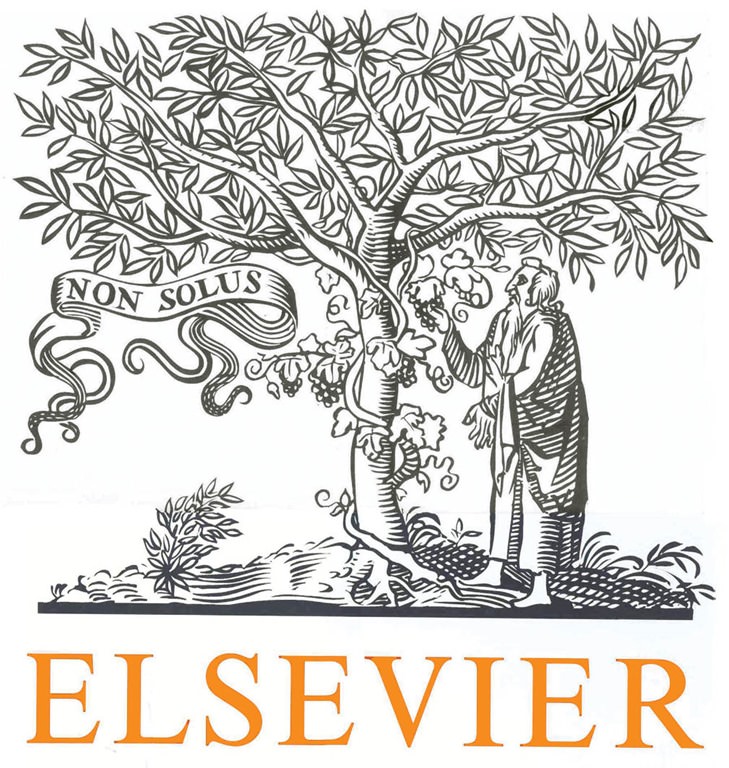ABSTRACT
This research investigates the impact of brand perception on brand loyalty and brand purchase intention using the lenses of complexity theory. First, the study conceptualizes and operationalizes perceptional and behavioral components of brand equity. It then examines the dimensions of brand perception, and by assessing the consequences of favorable brand perception, the study enables a better understanding regarding whether a brand marketing approach helps to improve marketing performance. The research was conducted using a mixed methodology, beginning with interviews in order to gain a better understanding of the relationship between the dimensions of brand perception. These were followed by a questionnaire survey, and the resulting data were analyzed through content analysis and fuzzy-set qualitative comparative analysis (fsQCA). The results indicate that brand awareness, perceived quality, brand association, brand fondness, brand image, and product country image have a strong impact on the management of brand perception. The finding illustrates that it is the combinations of various perceptional elements of brand equity rather than any single factor that have strong impacts on brand loyalty and brand purchasing intention. The results support the importance of brand perception for the fashion industry, which needs to be more interactive in order to increase their customers' brand loyalty and brand purchasing intention.








